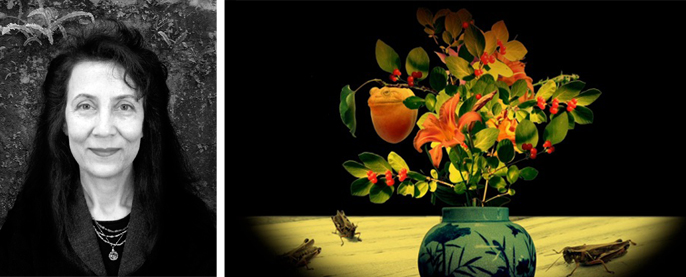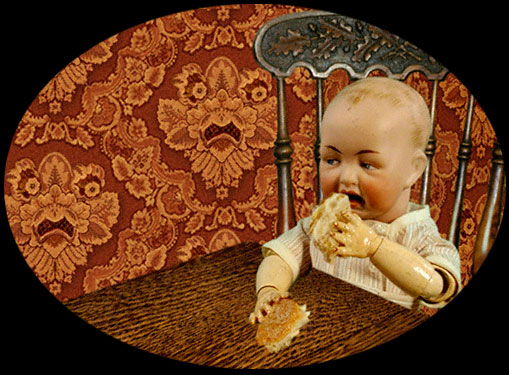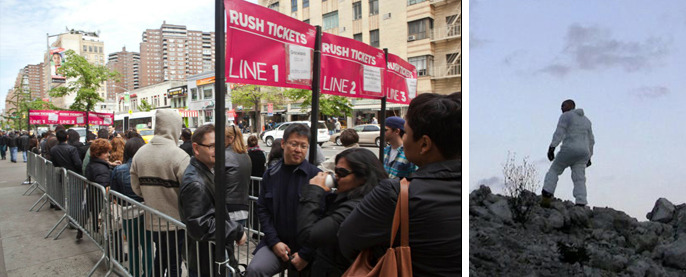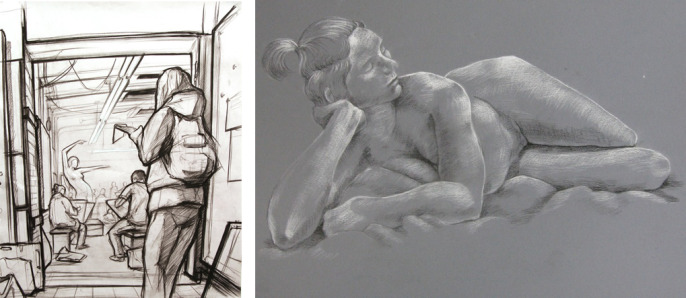Hope for Grads: Commencement Speakers Give Reasons for Optimism
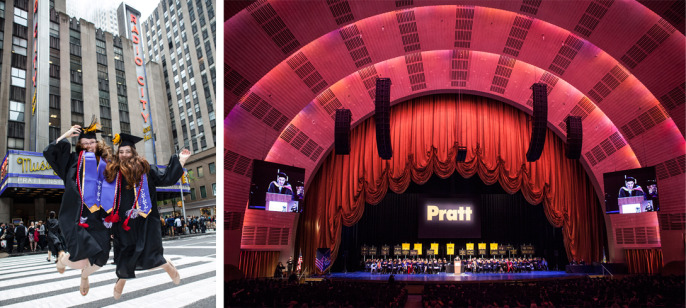 L to R: Graduating students jump for joy outside of Radio City Music Hall; Pratt's 123rd annual Commencement exercises at Radio City Music Hall
L to R: Graduating students jump for joy outside of Radio City Music Hall; Pratt's 123rd annual Commencement exercises at Radio City Music Hall
More than 1,400 graduates and hundreds of family and friends celebrated Pratt’s annual commencement this month, a ceremony that Pratt President Thomas F. Schutte noted was especially significant because the Institute is celebrating its 125th anniversary.
“Throughout this year, we are commemorating the Institute’s legacy of creativity and innovation. That legacy is due in large part to Pratt’s incredible alumni who have produced some of the most defining works of our time and whose ranks you are about to join,” he said.
Pratt awarded honorary degrees to contemporary artist, curator, and social, political, and cultural critic Ai Weiwei, who accepted his honorary degree via a video presentation; architect, engineer, and artist Santiago Calatrava; patron of the arts and education Kathryn C. Chenault, Esq.; and Director Emeritus of The Metropolitan Museum of Art and Fiske Kimball Professor, Institute of Fine Arts, New York University, Philippe de Montebello. 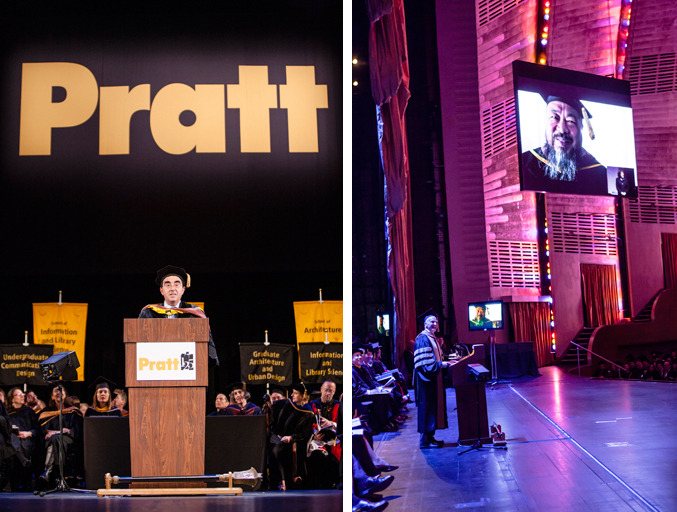 L to R: Santiago Calatrava gives the 2012 Pratt Institute Commencement remarks; Ai Weiwei accepts his honorary degree via a video presentationSantiago Calatrava delivered the Commencement remarks, telling students that artists must be like buildings.
L to R: Santiago Calatrava gives the 2012 Pratt Institute Commencement remarks; Ai Weiwei accepts his honorary degree via a video presentationSantiago Calatrava delivered the Commencement remarks, telling students that artists must be like buildings.
“As a building is resistant to forces acting upon it, a person must be equally tenacious in life,” he said. “The way is not always easy, but in order to bring a work through to completion, you will need a strong character, a broad foundation of knowledge, and an enormous force of persuasion.”
Speakers also reassured graduates about the overall economy. Schutte told graduates that, “despite the economic climate today, approximately eighty-five percent of new Pratt graduates were employed six months after graduation, and ninety-five percent of them were working in their field of study.”
Chenault said, “I take personal comfort in knowing that the young people graduating here today will be the leaders of our communities and our arts institutions tomorrow.”
Stay tuned next month for video highlights from the 2012 Commencement!
Text: Abigail Beshkin
Photos: René Perez

 Gateway Editors
Gateway Editors